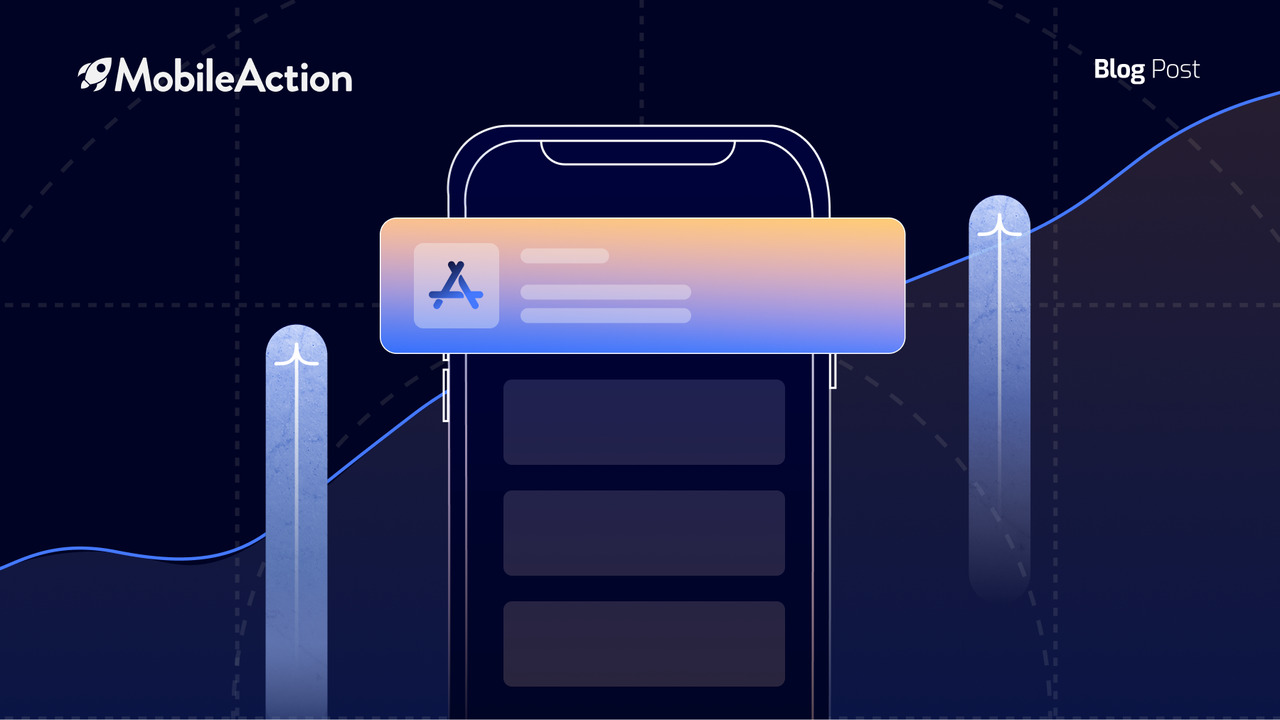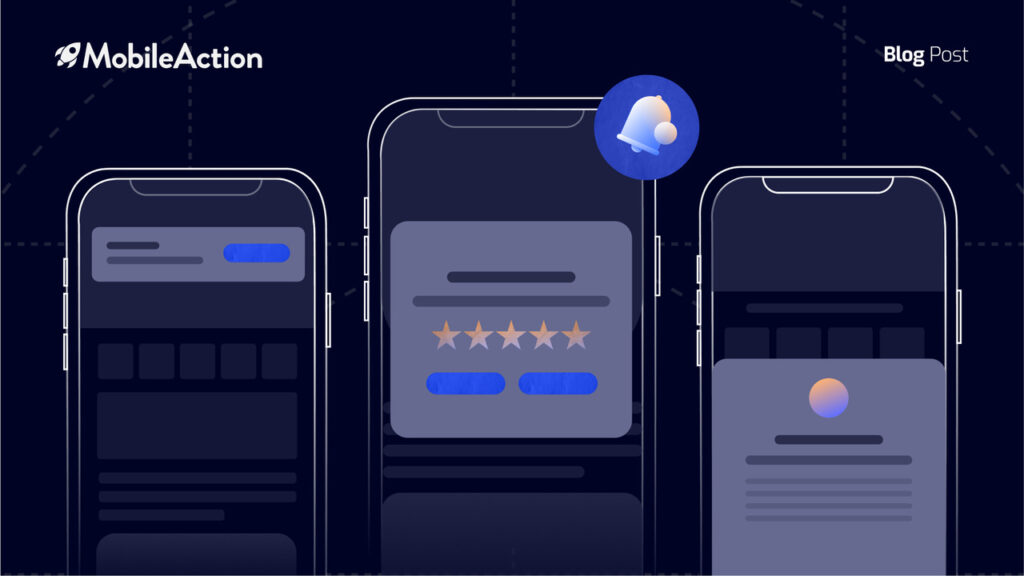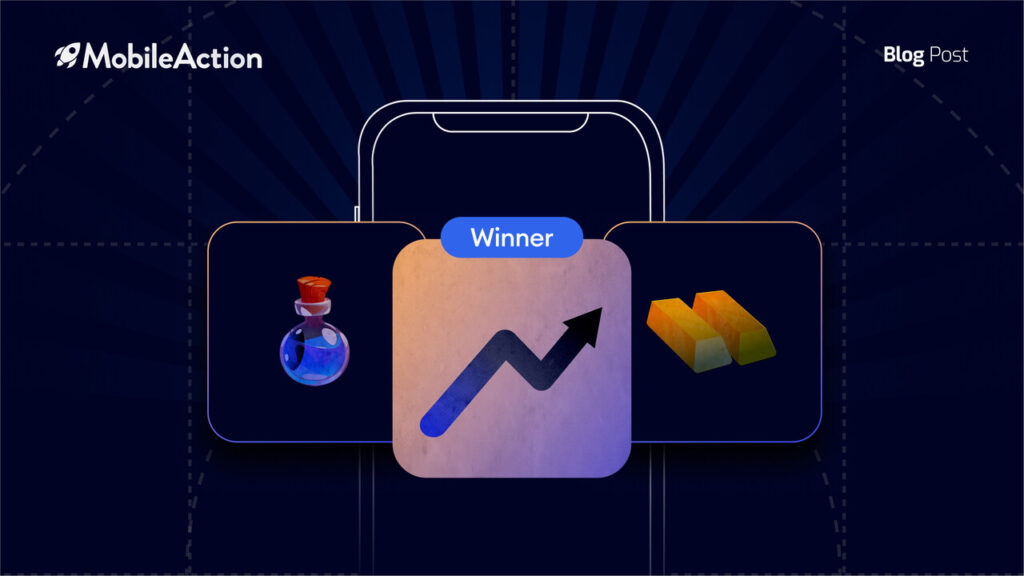With over 5 million apps competing for attention in major app stores, your app’s store ranking can mean the difference between viral success and digital obscurity.
Every day, 70% of App Store visitors use search to find apps, but most users never scroll past the first few results.
Understanding why store ranking is important isn’t just about visibility – it’s about survival in the digital marketplace.
Whether you’re launching a new app or trying to boost an existing one’s performance, your position in store rankings can dramatically impact your download rates, user acquisition costs, and overall success.
In our detailed article, you’ll learn:
• The fundamental factors that influence app store rankings
• Proven techniques to improve your app’s visibility
• How to optimize your app for better search results
• Strategic approaches to maintain high rankings
• Real-world examples of store ranking success stories
Let’s start by understanding the basics of how app store ranking actually works and why it matters for your app’s success.
App store ranking: The basics
App store ranking is essentially how Apple’s App Store and Google Play Store decide which apps to show first when users search.
Think of it as a digital storefront window – just as the best retail spots attract the most shoppers, the top spots in app stores capture the most potential users.
Key ranking elements include:
- Download and installation rates
- User ratings and reviews
- App performance and stability
- Uninstall rates
- User engagement metrics
- Keyword relevance
Understanding why store ranking is important starts with recognizing that higher rankings create a positive feedback loop: better visibility leads to more downloads, which leads to even better visibility.
Remember that each store’s ranking algorithm weighs these factors differently, making it crucial to optimize for both the Apple App Store and Google Play Store.
Top suggestions for app store optimization
Before we dive into specific strategies, let’s understand what makes app store optimization (ASO) so crucial.
Just like SEO helps websites get found, ASO combines with other marketing strategies to help your app climb those crucial store rankings.
Let’s explore the key elements that can boost your app’s visibility.
Targeted keywords: The secret to discoverability
Think of relevant keywords as your app’s digital breadcrumbs – they create a trail that leads potential users straight to your doorstep.
It’s not about stuffing your app store listing with every possible term – it’s about choosing the ones that matter most to your potential users.
Make every character in your keyword field count – app stores include character limits, so choose them wisely.
Here are some key approaches for this:
- Research competitor keywords
- Use keyword research tools
- Focus on relevant search terms
- Balance high-traffic and niche keywords
- Update keywords based on performance
Remember: The best app store keywords strike a balance between search volume and competition. Want to know how to grow your app? Book a demo today and let our experts help you!
Download velocity: A key ranking factor
Download velocity – how quickly and consistently your app gains new users – plays a huge role in why store ranking is important.
Think of it as your app’s momentum: the faster people download your app, the more the stores take notice.
Key factors to consider are:
- Initial launch momentum
- Promotional campaign timing
- Seasonal download patterns
- Geographic distribution
- User retention after downloads
Pro tip: Focus on steady, sustainable growth rather than short-term download spikes. App stores favor consistent performance over one-time bursts.
Positive user ratings: Building credibility
App ratings and reviews represent your app’s digital reputation.
They’re not just numbers – they’re trust signals that can make or break your store ranking.
Even a small shift from 4.2 to 4.4 stars can significantly impact your visibility.
Some smart strategies in this direction are:
- Prompt happy users for reviews
- Respond to all feedback promptly
- Address negative reviews constructively
- Time review requests thoughtfully
- Update your app based on feedback
Remember: Quality matters more than quantity. One detailed, positive rating can be worth more than ten generic ones.
Optimizing app metadata: Best practices
Your app’s metadata plays a crucial role in both store rankings and user decisions, with just seconds to make an impact.
Every element needs to work hard for your ranking.
Here are some essential elements you can utilize:
- Clear, keyword-rich title
- Compelling app description
- Eye-catching screenshots
- Distinctive app icon design
- Relevant category selection
Keep your metadata fresh and updated – app stores favor apps that maintain current, relevant information.
Consistent updates: Keeping users engaged
Regular updates signal to both users and app stores that your app is alive and evolving.
Think of it as keeping your app in peak condition – the more you maintain and improve it, the better it performs in app rankings.
Here’s what your app updates should focus on:
- Bug fixes and performance improvements
- New features and content
- Security enhancements
- UI/UX refinements
- Platform compatibility updates
Space your updates strategically rather than pushing them all at once.
Consistent, meaningful updates tend to perform better than sporadic large ones.
Enhancing user experience: The ultimate goal
Understanding why store ranking is important ultimately leads back to one thing: user experience.
Your app is essentially a digital service – the smoother and more enjoyable it is to use, the more likely users are to stick around and recommend it.
You can focus on these key areas:
- Fast load times
- Intuitive navigation
- Smooth onboarding
- Minimal crashes
- Quick response to user feedback
Pro tip: Watch your app’s performance metrics closely.
Even small improvements in user experience can lead to significant gains in store rankings.
Localization strategies: Reaching global audiences
Localization serves as your app’s passport to new markets.
It’s not just about translating text – it’s about making your app feel native to each region it enters.
Here’s what to consider:
- Language-specific keywords
- Cultural preferences and norms
- Local app store requirements
- Regional user behaviors
- Market-specific features
Start with your most promising markets rather than trying to localize for everywhere at once.
Quality localization in key regions beats poor translation in many.
Competitor analysis: Learning from others
Your competitors’ successes and failures are full of valuable lessons waiting to be learned.
Regular competitor analysis helps you spot opportunities and avoid common pitfalls in your ranking strategy.
Some key areas to look out for are:
- Keyword strategies
- Update frequencies
- User feedback patterns
- Feature offerings
- Pricing models
Don’t just copy what works for others.
Use competitive insights to inspire unique solutions that fit your app’s specific needs.
Leveraging social media: Boosting visibility
Social media acts as a powerful amplifier for your app’s presence, creating buzz that can significantly impact store rankings.
A strong social strategy complements your ASO efforts and drives organic downloads.
Effective social media strategies include:
- Building anticipation before launches
- Sharing user success stories
- Creating shareable content
- Engaging with community feedback
- Running targeted campaigns
Remember to focus on platforms where your target users actually spend time, rather than trying to maintain a presence everywhere.
Engaging with users: Building a community
A vibrant user community becomes your app’s strongest advocate.
When users feel connected to your app and each other, they’re more likely to leave positive reviews, share recommendations, and provide valuable feedback – all crucial factors in store ranking.
Some elements to consider here are:
- In-app community features
- Regular user communication
- Feedback implementation
- User-generated content
- Community events and challenges
Pro tip: Authentic engagement beats promotional content every time.
Let your community’s voice shine through in your app’s evolution.
Analyzing metrics: Tracking your progress
Data tells the story of your app’s performance, offering valuable insights into what drives your store ranking success.
By monitoring the right metrics, you can make informed decisions that boost both organic traffic and user satisfaction.
Here are some critical metrics to monitor:
- Daily and monthly active users
- User retention rates across different user segments
- Download sources and conversion rates
- User engagement patterns
- Performance benchmarks
Remember not to get lost in vanity metrics.
Focus on numbers that directly impact your ranking and indicate real user value.
Final thoughts
Understanding why store ranking is important goes beyond just wanting to be at the top of search results.
Every user review becomes a crucial ranking factor, while smart marketing strategies help maintain visibility in major platforms such as the Apple App Store and Google Play Store.
Success isn’t achieved overnight – it’s about working with app store algorithms to create a sustainable cycle of visibility, quality, and growth.
By implementing the strategies we’ve discussed, you can build a competitive edge in today’s app store marketplace.
Remember, the goal isn’t just to rank higher – it’s to create an app experience that genuinely deserves that top spot.
Start with the strategies that make the most sense for your app, test their effectiveness, and continuously refine your approach.




